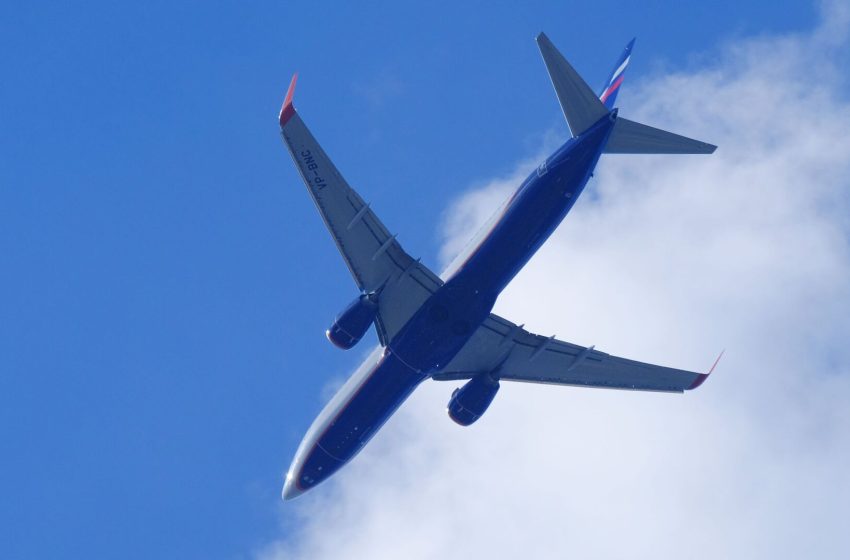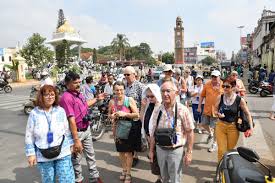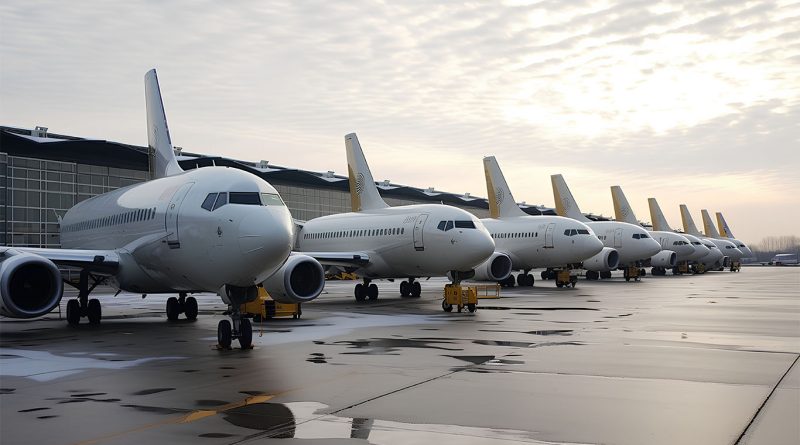A new study by Ubuy ranked countries where visitors are most likely to feel like a stranger, based on key factors like English proficiency, friendliness, and safety.
The key metrics analyzed were English proficiency, friendliness rank, and safety index. Some other metrics, such as annual international tourist arrivals and the number of emigrants, were included in the content.
In the end, a composite score was calculated to rank the countries. Higher scores indicated a greater likelihood of feeling like a stranger, helping identify countries where travelers may face challenges in communication, friendliness, and safety.
| Country |
Population |
English Proficiency Index |
English Proficiency Lvl |
Friendliest Countries Rank |
Safety Index |
Annual International Tourist Arrivals |
Number of Emigrants |
Composite Score |
| Thailand |
71,801,279 |
416 |
Very low |
8 |
62.2 |
39,900,000 |
1,086,985 |
98.9 |
| United Arab Emirates |
9,516,871 |
486 |
Low |
18 |
84.4 |
8,100,000 |
203,214 |
96.9 |
| Mexico |
128,455,567 |
451 |
Low |
1 |
46.3 |
51,100,000 |
11,185,737 |
89.9 |
| Indonesia |
277,534,122 |
473 |
Low |
4 |
54.0 |
4,100,000 |
4,601,369 |
83.9 |
| China |
1,425,671,352 |
464 |
Low |
25 |
75.6 |
30,400,000 |
10,461,170 |
77.4 |
| Vietnam |
98,858,950 |
505 |
Moderate |
5 |
58.2 |
3,800,000 |
3,392,025 |
74.7 |
| Japan |
123,294,513 |
457 |
Low |
36 |
77.3 |
4,100,000 |
808,825 |
72.7 |
| Brazil |
216,422,446 |
487 |
Low |
2 |
34.9 |
6,400,000 |
1,897,128 |
69.8 |
| India |
1,428,627,663 |
504 |
Moderate |
20 |
55.7 |
17,900,000 |
17,869,492 |
67.6 |
| Turkey |
85,816,199 |
493 |
Low |
26 |
59.0 |
16,000,000 |
3,411,408 |
58.9 |
Thailand tops the list as the country where visitors are most likely to feel like outsiders, with a composite score of 98.9. Its very low English proficiency index of 416 means communication can be a serious challenge. Even though Thailand ranks high in friendliness, the language barrier and a moderate safety index of 62.2 can leave tourists feeling disconnected and out of their comfort zone. Despite the warm smiles, fully integrating into the local scene might still be tough.
The United Arab Emirates ranks second with a composite score of 96.9. Its low English proficiency score of 486 and friendliness rank of 18th make it less welcoming for travelers who aren’t familiar with the local culture or language. The country also sees fewer international tourists than others on the list, with 8.1 million annual arrivals.
Mexico is in third place with a score of 89.9. Despite being one of the most friendly destinations, Mexico’s low English proficiency index of 451 and its infamously low safety index of 46.3 might make you think twice. Additionally, Mexico has the second-highest number of emigrants, with 11,185,737 people seeking opportunities elsewhere.
Indonesia ranks fourth with a composite score of 83.9. The country has some real communication challenges with its low English proficiency index of 473. Add to that a moderate safety index of 54.0 and a relatively low number of tourists, and you might struggle to connect with locals and fellow travelers.
China takes the fifth spot with a composite score of 77.4. Despite its booming tourism industry, China’s low English proficiency index of 464 and a friendliness rank of 25th could make it tough to navigate. The high safety index might offer some comfort, but the language barrier remains an obstacle, leaving you feeling more alien than an adventurer.
Vietnam comes in sixth with a composite score of 74.7, striking a balance between welcoming and challenging. Its moderate English proficiency index of 505 means communication is a bit easier than in some other countries on the list, but it’s far from effortless. Despite a high friendliness rank of 5th, the safety index of 58.2 and relatively low tourist numbers (just 3.8 million annually) could leave you feeling like you’re exploring a beautiful but somewhat isolating destination.
Japan ranks seventh with a score of 72.7. Despite having a high safety index of 77.3, its low English proficiency score of 457 and a friendliness rank of 36th make it a bit challenging for travelers who don’t speak Japanese. Japan attracts around 4.1 million tourists yearly, but visitors might feel less integrated due to language and cultural differences.
Brazil is eighth, with a composite score of 69.8. Although it ranks 2nd in friendliness, its low English proficiency index of 487 and the lowest safety index of 34.9 among the top countries may deter some visitors. It welcomes 6.4 million tourists annually, but safety concerns and language barriers could pose challenges.
India ranks ninth on the list with a composite score of 67.6. While its moderate English proficiency index of 504 might make communication easier, visitors could still feel out of sync. Despite attracting a significant 17.9 million tourists annually, India’s friendliness rank of 20th and safety index of 55.7 suggests it may not be as welcoming as expected. Interestingly, India also has the highest number of emigrants at 17,869,492, which could reflect the desire of many to seek opportunities elsewhere.
Turkey rounds out the top ten with a composite score of 58.9. Turkey might draw 16 million tourists annually, but with a low English proficiency index of 493 and a friendliness rank of 26th, you could easily find yourself lost in translation. Its moderate safety index of 59.0 doesn’t exactly help with feeling at home, either.
A spokesperson from Ubuy commented on the study, “When traveling, language, safety, and local friendliness play crucial roles in shaping the experience. This research highlights how some countries, despite their vibrant cultures and popular tourist spots, can still feel foreign and challenging for visitors. It’s essential to understand that language barriers, especially in countries with low English proficiency, can greatly impact how integrated or isolated a traveler feels. Along with varying safety levels and differing levels of friendliness, even the most popular destinations might feel less welcoming than anticipated. For anyone planning an international trip, it’s wise to not only consider the usual tourist attractions but also prepare for potential challenges in communication and cultural integration to make the journey more enjoyable and stress-free.”






